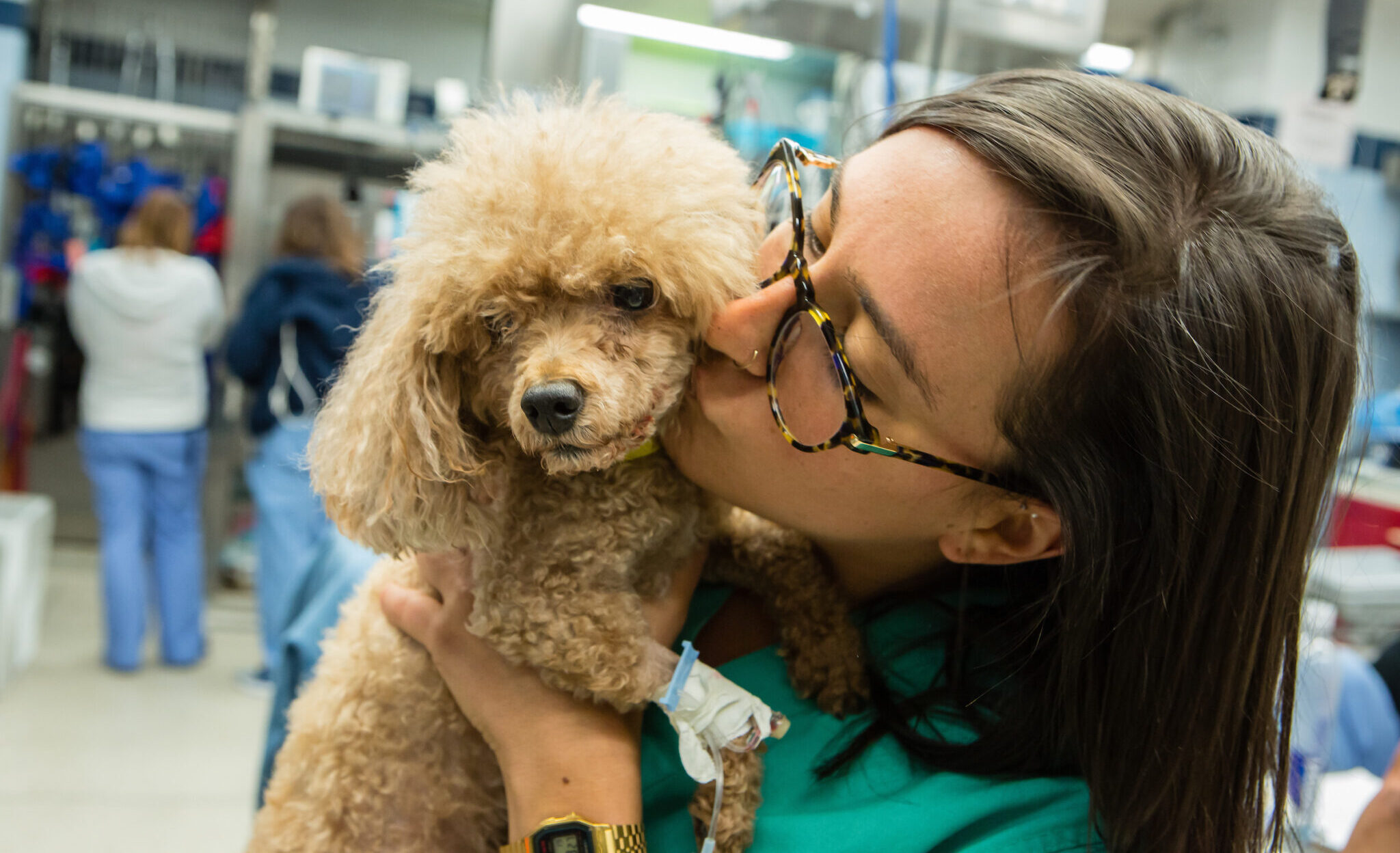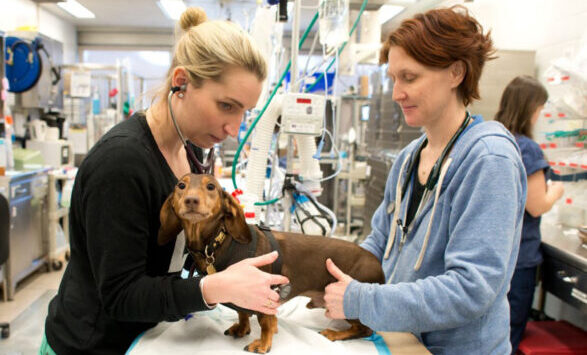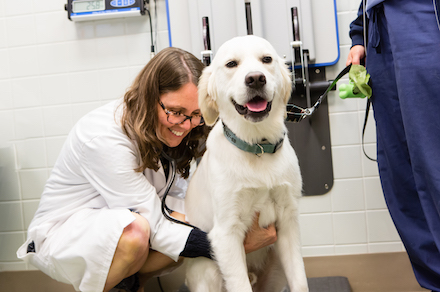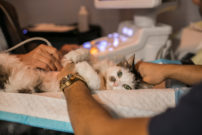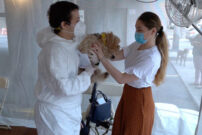Heatstroke: How to Recognize It and What to Do Next
Background
Heatstroke is a life-threatening emergency that occurs when the ambient temperature overwhelms the body’s cooling mechanisms. Dogs cool themselves by panting, but this method is much less effective on hot, humid days.
A dog’s normal body temperature is 100°F to 102.5°F. Heatstroke is a body temperature of 105.8°F or higher. If an overheated pet is not cooled off quickly, serious complications like organ failure and death can occur.

Risk Factors
While heatstroke can happen to any dog, certain dogs are at greater risk. Brachycephalic or “flat-faced” breeds are more prone to heatstroke since they pant less efficiently than dogs with longer snouts. The risk is also greater if your dog has a dark coat, is very young or old, overweight, or has a heart or respiratory condition.
Signs
Early signs include:
- Agitation
- Panting
- Restlessness
- Noisy breathing
Later signs include:
- Drooling
- Unsteady gait
- Collapse
- Weakness
- Vomiting and diarrhea
- Decreased responsiveness
- Seizures
Treatment
If your pet is starting to overheat, move into a cool environment or out of direct sunlight. Pour cool water or use a hose to wet down your pet’s body. You can also place cool, wet towels in the armpit and groin regions, but do NOT use icepacks since they can cause the blood vessels in your dog’s skin to constrict. Be sure to seek veterinary treatment even if you think your dog is improving.
If you suspect heatstroke, go immediately to the closest animal ER, do not delay. Once in the hospital, the veterinarian will work to bring your dog’s temperature down and provide the supportive care your dog needs.
Prevention
On hot, humid days, the safest place for your dog is indoors, ideally in the air conditioning, with plenty of water. If you do take your dog with you outdoors, bring plenty of water and watch for signs of overheating. At the first hint of heatstroke, head to your local veterinary ER. If an overheated dog isn’t cooled down quickly, serious complications can occur.
Make an Appointment
